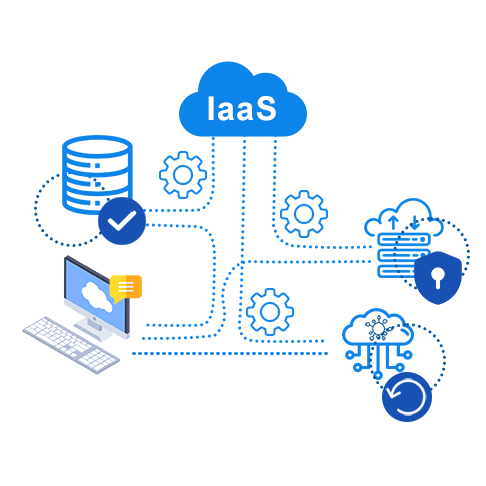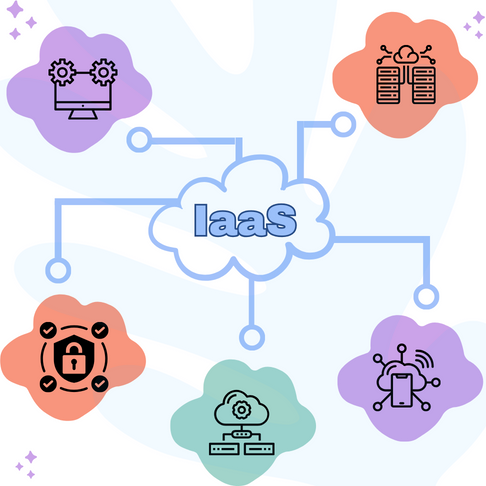Iaas
IaaS (Infrastructure-as-a-Service)
An internet-based cloud computing architecture called Infrastructure-as-a-Service (IaaS) provides virtualized computer resources. Users can obtain scalable and on-demand operating systems, virtual computers, storage, networking, and other infrastructure components through Infrastructure as a Service (IaaS). This offers flexibility and cost savings by doing away with the requirement for investments in physical hardware. In order to ensure peak performance and only pay for what they use, users can scale resources according to demand. Businesses are empowered by IaaS’s remote accessibility, which makes IT infrastructure management easier and more effective. IaaS is a cornerstone of contemporary cloud computing techniques, with notable providers such as Microsoft Azure and Amazon Web Services (AWS) offering IaaS solutions.
IaaS Architecture and Platform
IaaS Architecture
1. Compute Resources: Virtual machines (VMs) or instances that allow users to run applications and workloads.
2. Storage: Virtualized storage options such as block storage, object storage, and file storage for data storage and retrieval.
3. Networking: Virtual networks, firewalls, load balancers, and other networking services enabling connectivity and control over the network infrastructure.
4. Operating Systems: Users have control over the choice and configuration of operating systems on their virtual machines.
5. Virtualization Technology: Hypervisors or virtualization technology that enables the creation and management of multiple virtual machines on a single physical server.


IaaS Platform
1. Physical Data Centers: Data centers housing physical hardware, servers, and networking equipment.
2. Hypervisors: Virtualization layer that allows multiple virtual machines to run on a single physical server.
3. Networking Infrastructure: Virtualized networks, routers, switches, and other networking components to enable communication between virtual machines and external networks.
4. Storage Infrastructure: Virtualized storage systems providing scalable and flexible storage solutions.
5. Security Measures: Security protocols, firewalls, and access controls to ensure the confidentiality and integrity of data.
